It is difficult to get rid of gnats.
You can do everything in your power, but you will still get gnats in your home.
Why? Because you have to get in and out of your home, which means exposing your home to gnat entry.
The best thing is to learn how they get into your home and prepare for when they do.
With that in mind, how do gnats get into your house?
Let’s take a look!
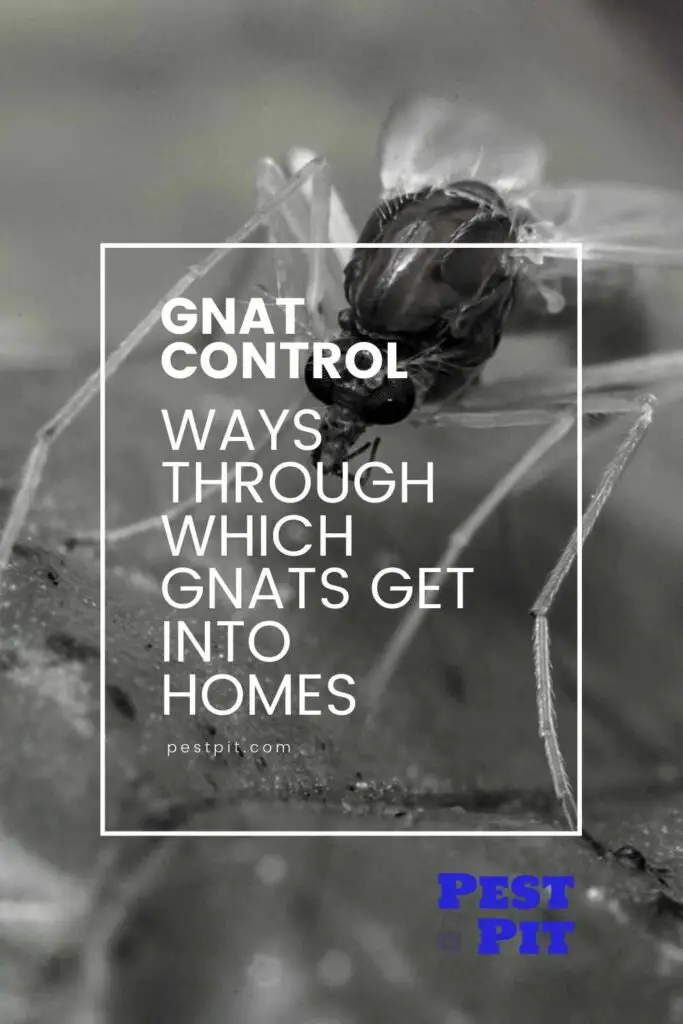
Common Entry Points for Gnats
Here are the top 5 entry points that a gnat will use to get into your home. Use these to reduce the chances, or maybe even get rid of gnats in your house!
Preventing entry is better than getting rid of gnats, pest control 101!
1. Windows
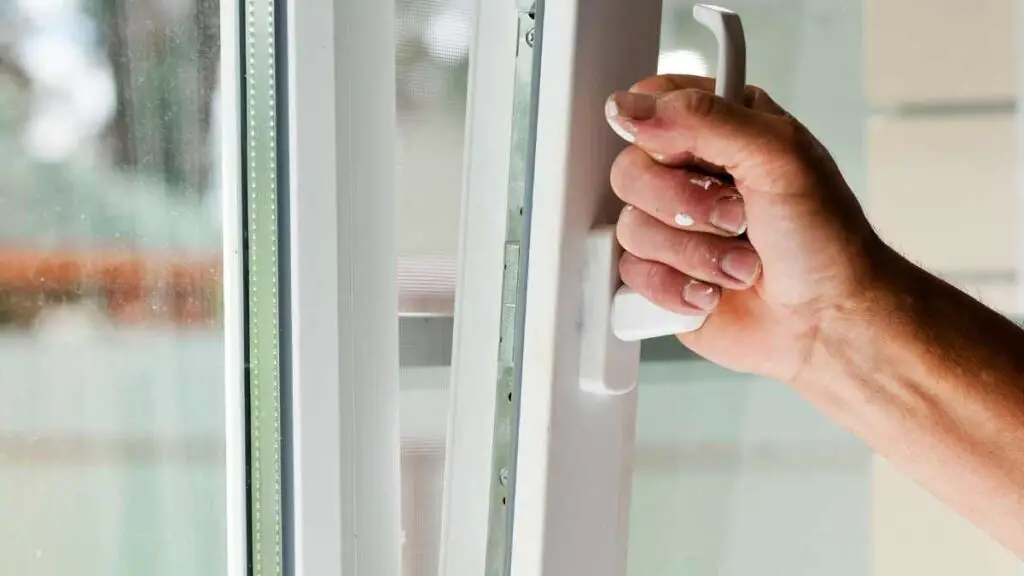
Windows are one of the most typical home passages for gnats. To keep gnats from entering your home using your windows, make sure they incorporate screens that don’t have any gaps in them.
If your window screens have gaps, you ought to replace the screen, as even minor holes provide sufficient room for a gnat to push through.
Reviewing window screens routinely will guarantee that they are substituted as before long as vital to avoid a bug invasion.
It is also best to ensure that all windows are closed at night. Windows that are left open overnight can effectively usher in gnats.
You’ll also need to look for splits within the window outlines and seal them. Then, utilize moisture-resistant caulk to fill gaps, prevent gnats from getting in and make your home more energy-efficient.
2. Doors

Another common gnat entry point in homes is doors.
Make sure your doors are firmly shut and don’t have any holes. Look at the door outlines for any breaks that require fixing.
Weatherstripping may be helpful because it can help prevent gnats from entering your home. It can also protect against the elements.
3. Walls and Ceilings
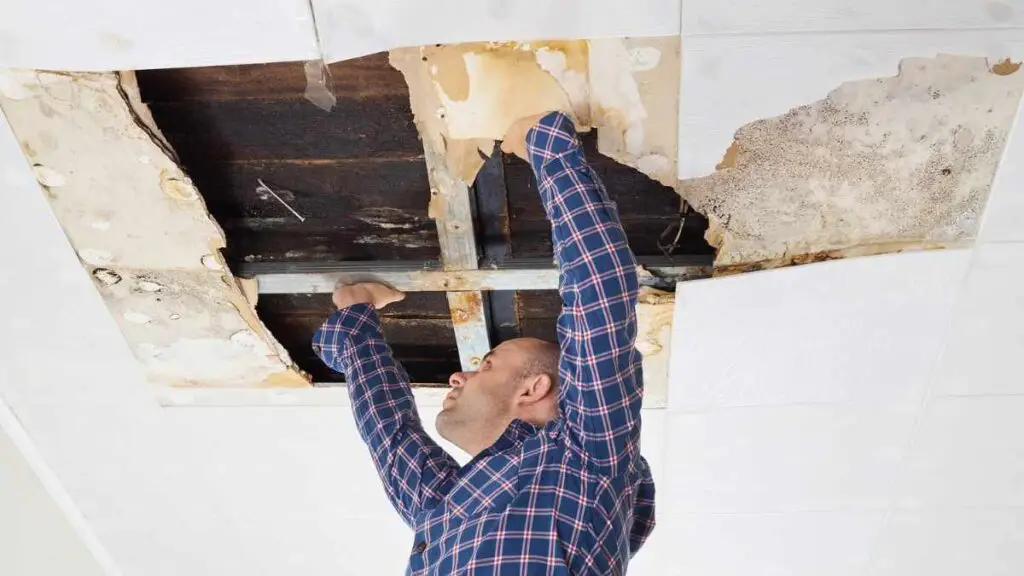
Any damage to the walls or ceilings can be a passageway for gnats into your house.
Ensure there aren’t any splits or holes that can let in the gnats.
You’ll have to keep the exterior of your home well maintained to prevent gnats from entering and form a less hospitable environment.
4. Pipes

Gnats love water, which is one of the things that attract gnats to your home.
If you have water leaks or collections of water from rainfall, then deal with it before it starts to attract gnats (and other pests).
Fix broken pipes, water radiators, and trickling fixtures as soon as possible. If you notice an issue with your plumbing, try to get it fixed as quickly as possible to prevent any gnat invasion.
5. Vents
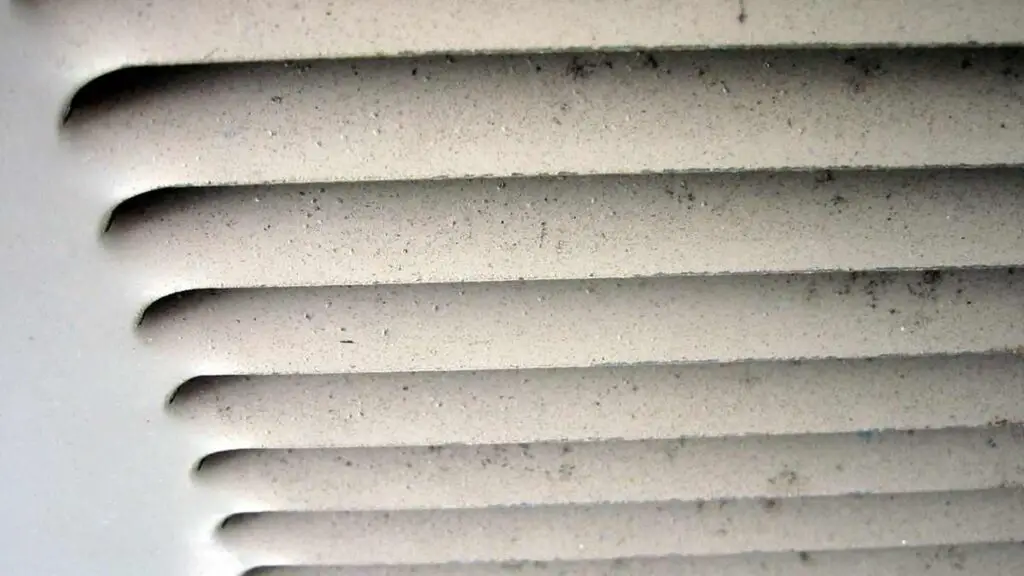
Vents can also let in gnats.
Although most gnats won’t live in your vents, as they don’t like dry conditions or the wind stream, they can still use vents as a way to enter your home.
Dryer vents and kitchen vents are particularly prevalent courses for gnats looking for an excellent indoor location.
Gnats can get in through these dryer vents into the room where the dryer is located and proceed to other spaces of the home.
They can also get in through kitchen vents, which poses an especially critical wellbeing and security concern.
To avoid gnats from entering through vents, get vent covers to prevent gnats from utilizing them as a travel course into your home.
Breeding Sites for Gnats
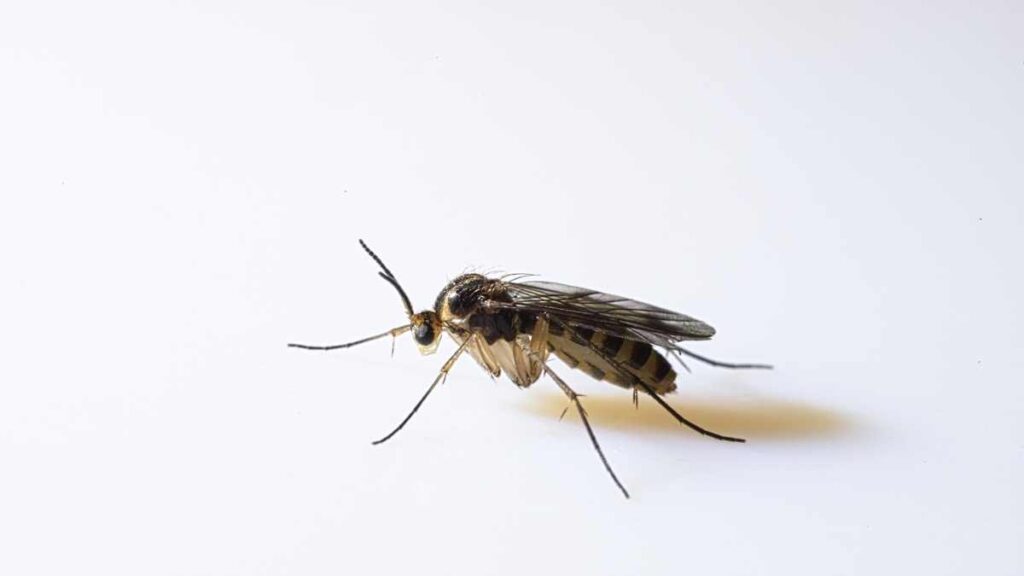
Gnats not only get into homes through entry points; sometimes, they breed inside homes.
It is worth noting that gnats can lay over 100 eggs at a time! These eggs can hatch into larvae within 3 days.
Considering these numbers, you could have a sudden appearance of gnats easily! All it takes is one pregnant gnat to enter your home.
Fruit
Fruit attracts gnats!
Gnats can lay their eggs inside the fruit, be wary of any fruit that has been left untouched for too long, as this is an ideal place for eggs to be laid.
Keep an eye out for the larvae.
You should regularly check fruits and vegetables for larvae. This includes any decomposing organic matter.
Stagnant Water Source
Gnats love a water source!
Most pests that come into your home will be looking for a water source. These include leaks, collections of water, a nearby pond or lake, or even a hot tub.
Gnats will lay eggs around these areas, so fix any leaks. If you live near a lake or pond, sure up your defenses!
Soil
Fungus gnats like to lay eggs in damp potting soil. It offers a water source to the larvae once they hatch, but it also gives easy access to food in the form of plants, vegetables, or fruits being grown nearby.
It’s challenging to protect against, but it is worth treating potted plants to ensure gnats cannot lay eggs in the soil.
Decaying Animals
If you had decaying animals in your home, you have a bigger problem than a gnat infestation!
That being said, gnats also like to lay their eggs in decaying animals. Ensure you do not have any around your home. Check your attic and walls for any dead rodents. You should be able to smell them before you see them!
Conclusion
How do gnats get into your house? By using one of the 5 ways shown in this post.
Sure, it is a challenge to block all entry points, so you should also set up some traps to catch the notes that do get in.
I like to use home remedies like apple cider vinegar to trap gnats when they get into my home. It is the perfect weapon to get rid of gnats when they get in. the ultimate gnat trap!
I have at least 4 traps set up around my home during the late summer months when I tend to get a few gnats in.
Along with these, you should also consider using yellow sticky traps around your home.
Good luck!

